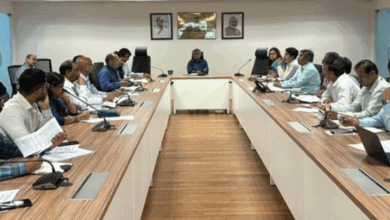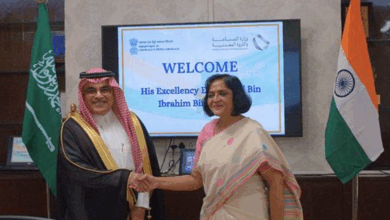Ministry of Coal Undertakes Thirteen Railway Projects Under PM-Gati Shakti

Four Rail Projects Under High Impact Category
The Ministry of Coal, in view of the cleaner environment in coal transportation, has given momentum to rail evacuation and also initiated news efforts to gradually move away from road movement of coal in the country. The planned construction of new broad gauge rail lines in Greenfield coal-bearing areas, extending the rail links to newer loading points and doubling and tripling the rail lines in some cases will enhance rail capacity considerably.
PM launched the Gati Shakti- Nation Master Plan for Infrastructure development in October 2021 with the objective to bring different Ministries together and for integrated planning and coordinated implementation of infrastructure connectivity projects. It will incorporate the infrastructure schemes of various Ministries and State Governments and will also leverage technology extensively including spatial planning tools.
Focus On Faster and Environ-friendly Transportation of Coal
In line with the goal of PM Gati Shakti, the Ministry of Coal has undertaken 13 Railway Projects to develop multimodal connectivity and identified missing infrastructure gaps for each project. Four Railway projects are successfully mapped in the NMP portal under High Impact projects which will be developed in the States of Jharkhand and Odisha and will facilitate the movement of coal with rapid logistics and wider connectivity for all the commercial miners.
Disclaimer : This is an official press release by PIB.








